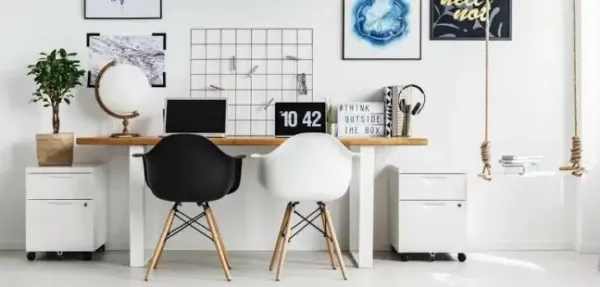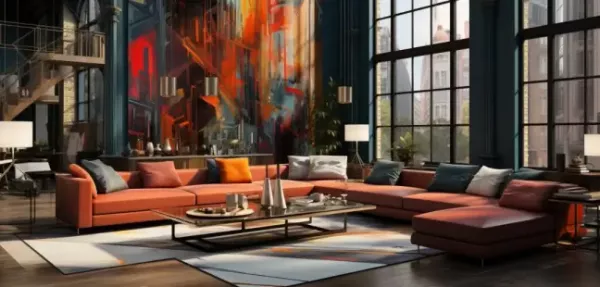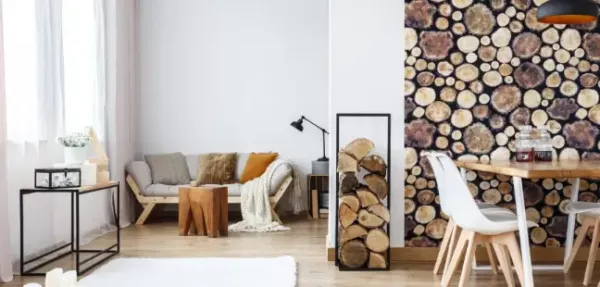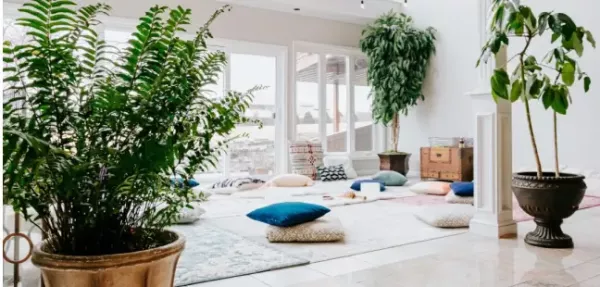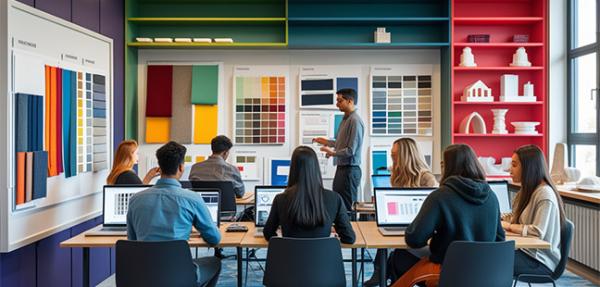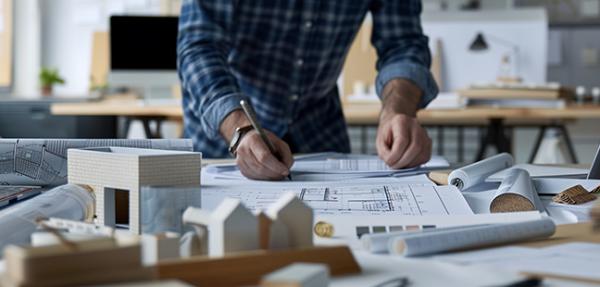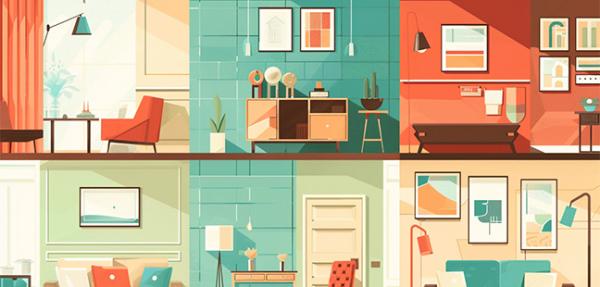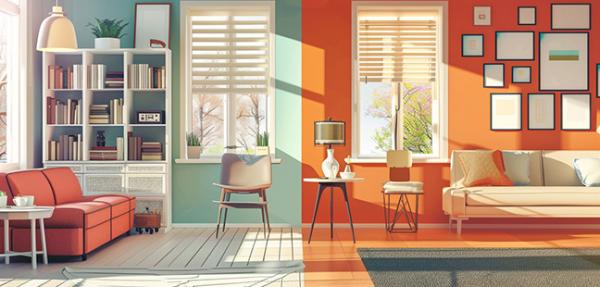How to Become an Interior Designer?
- Pearl Academy Editorial Team
- Published 18-Jan-2025
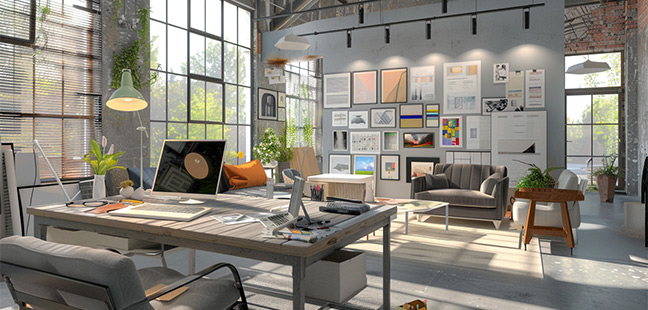
Table of Contents:
Are you interested in creating transformative spaces that motivate and bring joy to people? If so, a career as an interior designer might be perfect for you. Interior design is a dynamic field that blends creativity, functionality, and technical knowledge to create spaces that reflect individual style and purpose.
In this guide, we’ll take you through the steps to become a successful interior designer, exploring educational pathways, essential skills, certifications, and how to build a career in this exciting industry.
Become future-ready with our Interiors Programs
Know MoreWhat is Interior designing?
Interior design goes beyond simply decorating a room. It’s the art and science of enhancing the interior of a space to achieve a healthier, more aesthetically pleasing environment. A good interior designer works closely with clients to understand their needs and preferences, translating them into functional designs that improve both the form and function of the space.
While interior decorating is about selecting furniture, colors, and decor, interior design involves space planning, material selection, lighting design, and considering the environmental impact of design choices. It’s a dynamic and evolving field where creativity and practicality blend to create stunning results.
Why Choose Interior Design as a Career?
If you love creativity and solving problems, interior design offers a fulfilling career path. Here’s why:
- Variety of Opportunities: From residential homes to corporate offices, restaurants, and even retail stores, interior designers work in a wide range of sectors.
- Creative Freedom: You’ll get to express your unique style while incorporating the client’s vision, making each project distinct and exciting.
- Impact on Well-being: Interior designers have a profound impact on how people feel in a space. Whether it’s designing a calming bedroom or a productive office, you get to influence people’s lives positively.
- Sustainability Focus: With the growing demand for sustainable and eco-friendly spaces, interior designers are key to creating green living environments.
Education Pathways to Become an Interior Designer
Becoming an interior designer typically requires formal education, which can vary depending on your career goals and timeline.
Bachelor’s Degree (B.Des)
A Bachelor’s degree in Interior Design is one of the most common educational paths for aspiring interior designers. These programs typically last 3 to 4 years and provide in-depth knowledge of design theory, technical skills, and practical experience. Some of the areas covered include:
- Space planning and layout
- Architectural detailing
- Design software (CAD, SketchUp, 3D modeling)
- Furniture and material selection
- Environmental sustainability in design
Earning a bachelor's degree not only provides you with foundational skills but also prepares you for entry-level positions in interior design firms or as a freelance designer.
Master’s Degree (M.Des)
For those looking to specialize or advance in their careers, pursuing a Master’s degree in Interior Design is the next step. Programs like the Master of Design (M.Des) offer a deeper dive into advanced design techniques, cutting-edge technology, and specialization areas like sustainable design, commercial interiors, or even smart home design.
A Master’s degree is ideal for those aiming to take on leadership roles, work in niche areas, or even teach at the university level.
Short Term Certificate Course
For those looking for a quick entry into the field, diploma or certificate programs can be an ideal starting point. These short-term courses help mastery of basic design principles, colour theory, and space planning. They are perfect for beginners who want to gain essential skills quickly.
Key Skills Every Interior Designer Needs
Regardless of the educational path you choose, there are certain key skills that are essential for any interior designer:
Creativity and Innovation
Interior design is an artistic profession that requires you to think outside the box. You’ll need to develop creative solutions to make spaces functional, beautiful, and aligned with your client’s vision.
Technical Proficiency
Mastering design software like AutoCAD, SketchUp, and 3D modeling tools is crucial for creating detailed floor plans and realistic visualizations of your designs.
Client Communication and Management
An interior designer must communicate ideas effectively, manage client expectations, and balance project timelines and budgets. Strong interpersonal skills are essential to building lasting client relationships.
Material and Product Knowledge
A wise interior designer chooses materials, finishes, and furniture whose tempo and aesthetics match with the space they are to be put in. Knowledge of materials such as textiles, flooring, lighting, and sustainable products is critical.
Sustainability and Environmental Awareness
With growing concerns about environmental impact, knowledge of eco-friendly design practices and sustainable materials is increasingly important.
Certifications to Enhance Your Credentials
In some regions, you may need certification to practice as an interior designer. Here are some certifications that can boost your credentials:
- NCIDQ (National Council for Interior Design Qualification): A widely recognized certification in the interior design industry.
- LEED (Leadership in Energy and Environmental Design): A certification for professionals who specialize in green building and sustainable design.
- Certified Interior Decorator (CID): Focuses more on interior decorating but is useful for those working in residential design.
These certifications help you breach the crowd, establish your credibility and attract better job offers.
Gaining Experience: Internships and Portfolio Development
Practical experience is a must for interior designers. Most design programs include internships or apprenticeships, where you work with established designers to learn the trade. These experiences are invaluable for building your skills and industry network.
Additionally, developing a strong portfolio is essential. Your portfolio showcases your best work and gives potential clients or employers an idea of your design style, creativity, and technical abilities. Include a mix of academic projects, internships, and freelance work to demonstrate versatility.
Career Options in Interior Design
Interior design offers a wide range of career paths. Here are a few options to consider:
- Residential Interior Designer: Specialize in designing homes, apartments, and living spaces.
- Commercial Interior Designer: Transforms offices, retail spaces, hotels, and restaurants into inspiring and functional environments.
- Set Designer: Design interiors for film, theatre, or television productions.
- Exhibition Designer: Create immersive spaces for galleries, museums, and trade shows.
- Freelancer or Design Consultant: Work independently and offer specialized services to clients.

Student Guidance Center: Our Counselors are Just a Click Away.
Conclusion: Start Your Journey as an Interior Designer
Becoming an interior designer is a fulfilling journey that combines creativity, technical expertise, and a passion for making spaces functional and beautiful. Whether you start with a diploma or aim for a master's degree, the opportunities are endless.
If you’re ready to take the next step towards your dream career, explore interior design programs and start building your skills and portfolio today. The world of interior design awaits you!
Pearl Academy Editorial Team
Tags
- #Interiors
Pearl Admission Enquiry
Subscribe to Pearl Blogs
By clicking the "Subscribe" button, I agree and accept the privacy policy of Pearl Academy.









